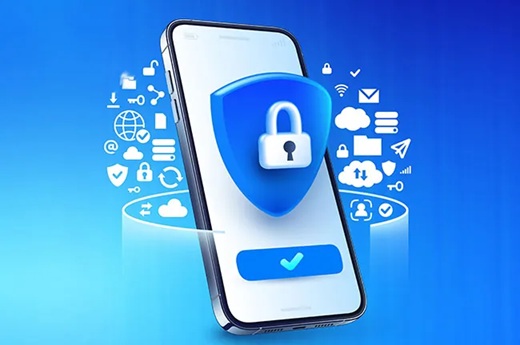When people think about app safety, the first thought is often cybersecurity — passwords, encryption, and malware. But in 2024, safety means more than protection from hackers. It’s about control, privacy, transparency, and how an app behaves under pressure. Especially in high-stakes environments where real money and decisions intersect, users don’t just want an app that protects them. They want one that respects them.
That includes how data is handled, how clear permissions are, and how predictable the app behaves during peak moments — like during live streams or market shifts. If an app crashes, lags, or obscures key information, it’s not just annoying. It creates risk.
And users feel that. Subconsciously, they start to avoid actions that used to feel routine. That’s why app safety is now a behavioural topic — not just a technical one.
Transparency Builds Trust
Safety starts with visibility. When a user can see how and why something happens inside an app — they engage with more confidence. This might be:
- A clear breakdown of wallet transactions and bet history.
- Well-documented changes to odds or market availability.
- Immediate feedback when an action fails (rather than silent errors).
Apps that provide this kind of feedback loop feel “cleaner.” Not because they’re more advanced — but because they’re more communicative. They treat the user like a participant, not a target.
Platform Behavior Under Pressure
An overlooked aspect of safety is performance during peak times. It’s easy for any app to function when traffic is low. The real test is how it behaves during simultaneous user spikes — like big tournaments or flash markets.
Does the app:
- Maintain session integrity (no forced logouts)?
- Prevent double inputs or failed confirmation taps?
- Keep screens stable while updating in real time.
Even a split-second failure during these moments can lead to confusion — or worse, financial error. Users remember these moments more than any winning streak.
So when someone asks is parimatch app safe, the answer starts here: how consistently does it perform when it matters most?
Permission Culture and Privacy Controls
Another pillar of safety is how the app handles permissions. Does it ask for access clearly and only when needed? Or does it request everything up front — camera, location, contacts — even when those aren’t required?
Modern mobile users have become increasingly aware of this. They check permission logs. They restrict background activity. An app that lets users opt-in gradually — with contextual prompts rather than blanket approvals — earns more trust.
More advanced platforms also allow privacy zoning:
- Limiting visibility of transaction data.
- Disabling biometric login for shared devices.
- Turning off marketing messages while preserving service notifications.
These subtle options signal a mature approach to user safety — one that respects lifestyle, not just account credentials.
Support Isn’t Just a Backup — It’s Part of Safety
No system is perfect. So when something does go wrong, how the platform handles it is the final, crucial safety layer. This includes:
- Access to responsive, human support (not just bots).
- Log history that users can reference themselves.
- Easy-to-find policies around refunds, limits, and account resets.
Many platforms underestimate this. They focus on flashy onboarding and ignore how support systems are experienced during moments of stress. But for many users, the difference between staying and leaving is one support ticket handled well — or badly.
Comparing Real Experiences
Let’s say two users, A and B, both experience the same issue: a temporary login failure. User A gets a vague error and no details and is forced to reset their password through a complex flow. User B sees a specific message: “Session timeout. Tap to refresh,” and is logged back in instantly.
Same issue, different perception of safety.
This is why safety isn’t just a binary concept. It’s layered — and deeply shaped by interface design.
How to Evaluate Safety Before You Download
Before choosing any mobile platform, users should ask:
- Can I see how my data is stored and used?
- Are there clear limits I can set for myself?
- What happens if I lose access to my account — is recovery smooth?
- Do I have control over notifications and information exposure?
Many users share that answering these questions led them to trust — and stick with — certain apps over others.
When researching platforms, reviews alone don’t paint the full picture. Focus on the structure: login flows, error handling, and privacy settings. These small cues reveal more than ad copy ever will.
Conclusion
App safety is no longer just about technical protection. It’s about how the platform behaves in moments of stress, how it communicates with users, and whether it respects personal control. The best apps earn trust not with loud features but with quiet reliability — through fast support, predictable performance, and transparent design.
When these elements come together, users feel not only secure but respected. And that’s what turns an app from a tool into a habit — something dependable, personal, and worth returning to.







